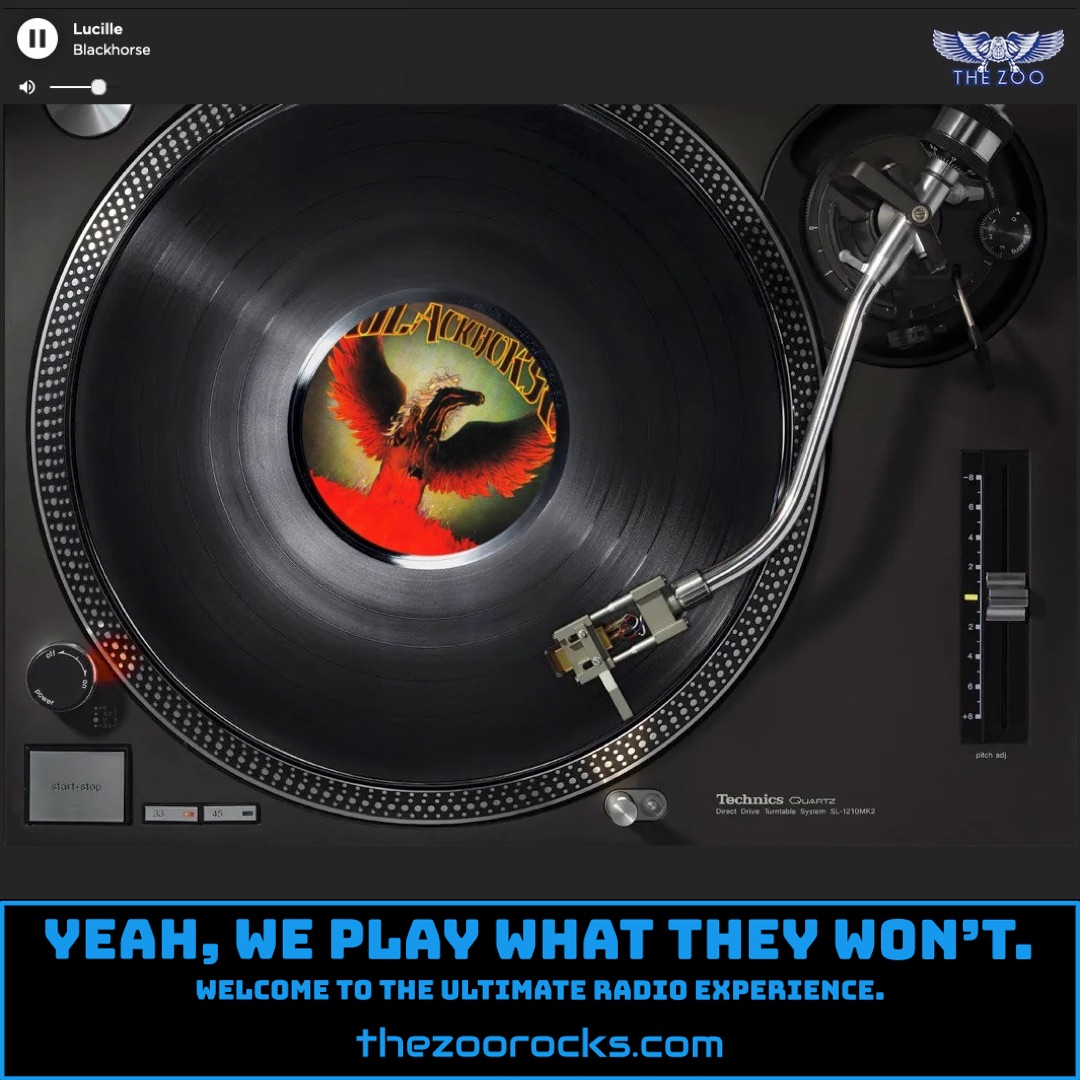Lone Wolf
Havana Black
The song "Lone Wolf" by Havana Black from their 1988 album Indian Warrior carries a raw, evocative energy that resonates with the Zoo Freaks tuning into THE ZOO radio station. One piece of trivia about the track is its vivid imagery, with lyrics like "Once again I'm sitting in a nightrain / Looking out into the night / I feel the darkness movin'..." painting a picture of solitude and restless wandering. These lyrics, as noted on FlashLyrics, capture the song's brooding, introspective vibe, which aligns perfectly with the hippie spirit of the Zoo Crew DJs. The song’s music video, released in 1989 and documented on IMDb, further amplifies this mood, showcasing the band’s gritty aesthetic. While specific interviews or social media posts about "Lone Wolf" are scarce due to the band’s pre-digital era prominence, the track’s placement as the second on Indian Warrior highlights its significance, following the opener "Hoo Myself" and setting the tone for the album’s hard rock edge.
Another layer of intrigue comes from the album’s context within Havana Black’s career. Indian Warrior, as described on Last.fm, marked a pivotal moment for the Finnish band as they transitioned from their debut Faceless Days (1987) to a bolder sound that caught attention in the U.S. The album’s release coincided with the band’s relocation to America, a move fueled by their Billboard chart success—making them the first “retro-rock” band to achieve such a feat, despite critics’ mixed reviews. While no direct quotes from the band about "Lone Wolf" surface in available records, the song’s thematic focus on independence and resilience mirrors the band’s own journey, tumbleweeding from Finland to the U.S. in pursuit of rock ‘n’ roll dreams. Fans on platforms like Havana Black’s Facebook page occasionally reminisce about the album’s raw power, with some calling it a hidden gem of late ‘80s hard rock.
Havana Black’s origins trace back to Finland, where they formed in the mid-1980s, initially known as Havana Blacks. As detailed on Last.fm, their debut album Faceless Days (1987) built a cult following with its unpolished, blues-infused rock sound. The band, led by frontman Hannu Leiden, drew inspiration from classic rock and southern rock influences, carving a niche in a scene dominated by glam metal. Their tenacity paid off when Faceless Days landed them on the Billboard charts, a rare achievement for a Finnish act. This success prompted their bold move to the U.S., where they recorded Indian Warrior and embraced a grittier, more expansive sound. Despite critical skepticism labeling them “just another retro-rock band,” Havana Black’s authenticity and live energy won over a loyal fanbase, particularly in the U.S. and Europe.
For those looking to dive deeper, Havana Black’s online presence is limited but accessible. Their official Facebook page serves as a hub for fan interactions and occasional updates, though activity is sporadic. No official website or verified Instagram and X accounts exist, reflecting the band’s era before social media’s dominance. Fan-driven spaces are also minimal, but the Havana Black Facebook community remains a gathering spot for enthusiasts sharing memories and rare vinyl finds. For collectors, sites like Record Shop X offer used copies of Indian Warrior, keeping the band’s legacy alive for new generations of Zoo Freaks spinning their records at THE ZOO.

